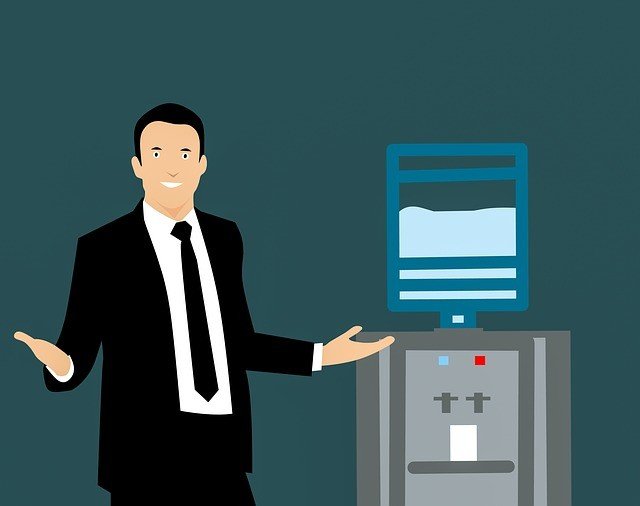You may think your tap water is clean but full of harmful contaminants. If you’re concerned about the quality of your water, a TDS tester can help you find out what’s in your water. Too much TDS can make water taste bad and harm your health.
What is a TDS Controller?
The TDS in the water stands for Total Dissolved Solids and measures the number of dissolved minerals. A TDS controller is a water purifier that removes these impurities. A TDS controller can help you keep your water quality in check and ensure you get the most out of your water, i.e., clean, fresh-tasting water.
How Does a TDS Controller Work?
A TDS controller uses reverse osmosis to remove dissolved impurities from water. It is a method of filtration that involves forcing water through a membrane. A TDS controller is a device that monitors the number of dissolved solids in water. It is often used in water purifiers to help regulate the number of minerals and other contaminants in drinking water.
TDS controllers work by measuring the electrical conductivity of water. The more dissolved solids in the water, the higher the electrical conductivity. This information is then used to adjust the filters in a water purifier to remove the correct amount of minerals and other contaminants.
TDS controllers can be used to monitor both fresh and saltwater sources. Sometimes, TDS controllers are also used to monitor swimming pools and hot tubs. Keeping track of the dissolved solids in these bodies of water helps to ensure that they are safe for people to use.
The different types of TDS controllers in Water Purifiers
A TDS controller is a water purifier that uses sensors to monitor the level of dissolved solids in water. There are three types of TDS controllers: manual, automatic, and electronic.
Manual TDS controllers require the user to manually adjust the settings based on the readings from the sensor. This type of controller is often used in portable water purifiers.
Automatic TDS controllers automatically adjust the settings based on the readings from the sensor. This type of controller is often used in whole-house water purifiers.
Electronic TDS controllers use a computer to monitor the readings from the sensor and automatically adjust the settings. This type of controller is often used in commercial water purifiers.
How to choose the suitable TDS controller for your water purifier?
TDS levels can be affected by many factors, including the type of water being used, the number of dissolved solids in the water, and the water temperature.
There are a few things to consider when choosing a TDS controller for your water purifier:
- The type of water you will be using: If you plan on using tap water, you will need a different TDS controller than if you were using well water. Tap water generally has higher levels of dissolved solids than well water.
- The number of dissolved solids in the water will affect how often you need to change the filters in your purifier. For example, if you use well water, you must change the filter more often than a TDS meter set to read high.
- The amount of water used will affect how often you need to change the filters. If you use a large water purifier, the filters must be changed more often than a smaller TDS meter.
A TDS controller helps to control the proportion of total dissolved solids in water. The TDS level between 50 and 150 is typically considered the most appropriate and acceptable range. A TDS level of roughly 1000 PPM indicates that the water is hazardous and unfit for human consumption. Specifically in India, you should know that every water has a unique TDS, making a TDS controller necessary.
Get Better Water Quality with a TDS Controller..!







